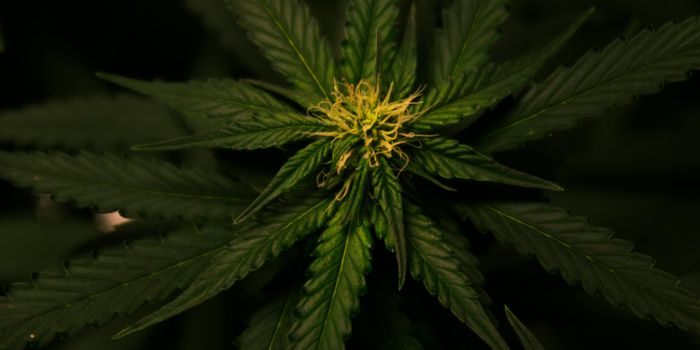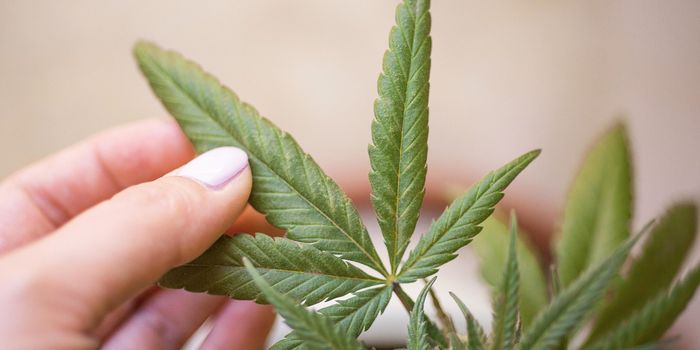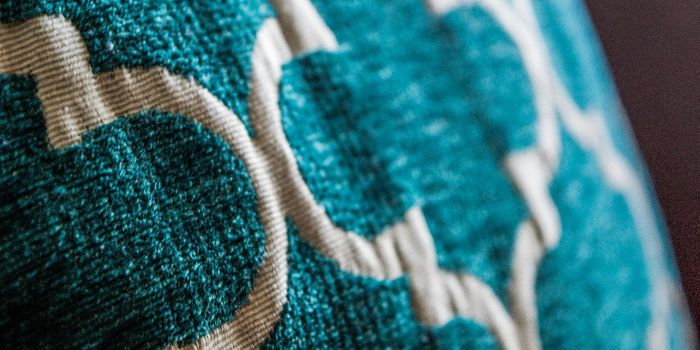Understanding THC Content in Cannabis Edibles
Nearly one-third of cannabis users in Canada consume edible cannabis products, according to a 2018 Statistics Canada report. But do people who use edible cannabis products truly understand how much THC or other cannabinoids that they are consuming?
In a recent study of young users of edible cannabis products, researchers found that consumers are less likely to understand levels of cannabinoids like THC that are present in a certain product if the label does not include symbols and words – instead of just numbers – to describe the product’s content.
"We've known for many years that people struggle to understand the numbers on the back of food packages and cigarette packages,” explained Journal of Drug and Alcohol Dependence co-author David Hammond. “Consumers seem to have equal or even more difficulty with THC numbers, which are used to indicate the potency of cannabis products."
There is concern that consumers are not able to understand cannabinoid content and serving size information from edible cannabis product labels because over-consumption of products and associated adverse events can occur. Researchers believe that with more effective labeling and packaging, these negative aspects of edible cannabis consumption may decrease.
Regulations in Canada limit the amount of cannabis in edible products to 10 milligrams per package. Health Canada requires that cannabis packaging to list ingredients, product type, and potency (including weight in grams and percentage of cannabinoids, usually THC or CBD). However, there are no regulations specifying how these items are listed. For example, there are no regulations that necessarily support the consumer’s ability to understand the product specifications; Health Canada does not specifically require “intuitive labeling.”
In 2017, researchers first began experiments with a group of 870 Canadians between the ages of 16 and 30. First, they tested to see how consumers understand how many servings of a certain product there are in a package. Second, they looked to see if consumers could identify how potent an edible cannabis product is.
In the first study, researchers observed just six percent of consumers correctly identifying serving sizes on products with either no label or just weight listed. On the other hand, 77 percent of consumers successfully identified the serving size when dosage was listed.
Researchers also found that a “traffic light” system with multiple colors to indicate potency lead to two-thirds of respondents correctly identifying products with high THC levels. This system illustrates how important utilizing symbols instead of relying on numbers is for helping consumes understand important details about an edible cannabis product.
Sources: Journal of Drug and Alcohol Dependence, University of Waterloo








